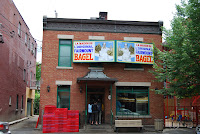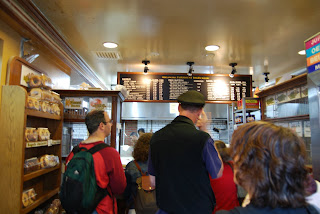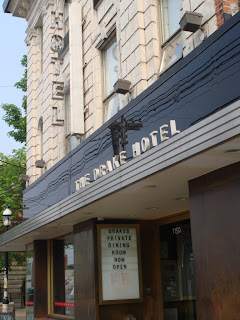 The Drake Hotel is one of Toronto's hippest hotels. Located on the fashionable Queen Street West strip, the Drake epitomizes the gentrification of this bohemian gallery district which now attracts downtown business folk as much as it does the creative types.
The Drake Hotel is one of Toronto's hippest hotels. Located on the fashionable Queen Street West strip, the Drake epitomizes the gentrification of this bohemian gallery district which now attracts downtown business folk as much as it does the creative types.
A one-time dosshouse, this 19th century building was originally known as Small's Hotel. It opened in 1890 in order to service the Canadian Pacific Railway that linked Downtown Toronto with the city's lakeside beaches to the west.In 1949, a gentleman called Michael Lundy bought the place. He added the grand lobby staircase as well as a lounge and restaurant to the hotel, which he renamed The Drake.
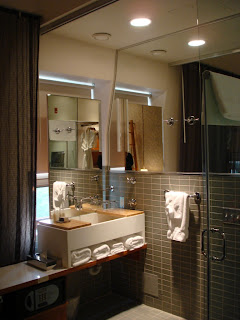 The hotel fell into disrepair over the years as it experienced life as a punk bar and rave venue before finally being resurrected by Jeff Stober in the early 21st century.
The hotel fell into disrepair over the years as it experienced life as a punk bar and rave venue before finally being resurrected by Jeff Stober in the early 21st century.
Perfect for hanging out with Toronto’s trendy set, the hotel’s Sky Yard Bar and Underground music venue are where the weekend action is. The decor now combines high-end design with relics of the hotel's past.
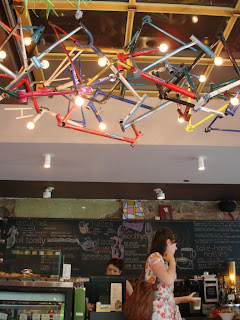 The 19 upstairs guestrooms are all individually kitted out with vintage furniture, reveal-all bathrooms and hi-tech gadgets. For the amorous, an erotic room-service menu with a whole different set of gadget to play with is on offer. If you are more in the mood for snuggling down together with a good book, a recommended read and knitted dolls are provided in each room. After a long lie-in, there’s a street-side café where you can enjoy a leisurely brunch.
The 19 upstairs guestrooms are all individually kitted out with vintage furniture, reveal-all bathrooms and hi-tech gadgets. For the amorous, an erotic room-service menu with a whole different set of gadget to play with is on offer. If you are more in the mood for snuggling down together with a good book, a recommended read and knitted dolls are provided in each room. After a long lie-in, there’s a street-side café where you can enjoy a leisurely brunch.
Address: 1150 Queen Street West, Toronto, Canada
Tel: 416-531-5042
www.thedrakehotel.ca
Double room: $152-289 (+ tax)
